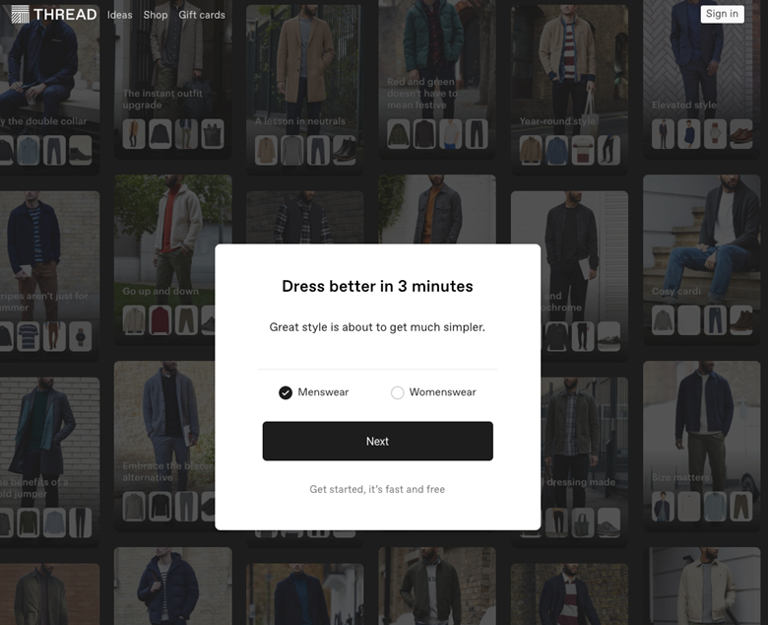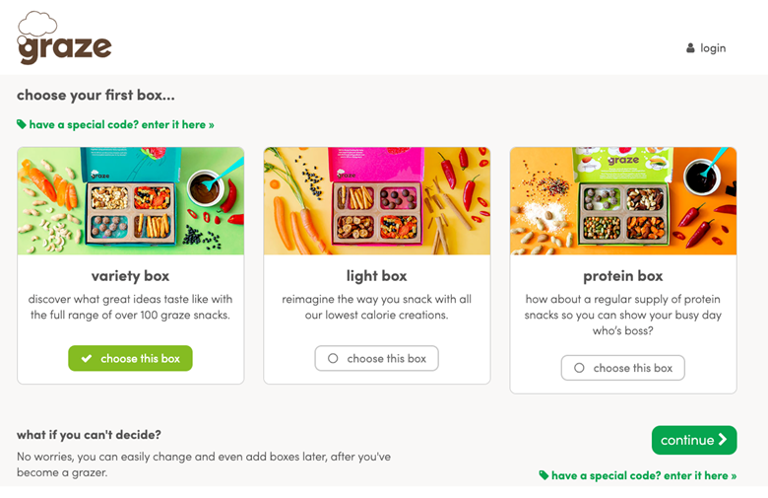Data-powered creativity: the new normal in a post cookie world...
GrowthThe 5th article in our series, our Head of Content, James Perrin, looks at creative dominance. Advertising and UX effectiveness will depend on great cut-through creative and content that gets attention and engagement, rather than relying on hyper-targeting from third-party data.
The looming extinction of third-party cookie data is yet another reminder that marketers and media specialists need to focus their attentions on improving the relationship, or at least their understanding of the relationship, between the customer and the brand.
Creative thinking holds the key. From brand awareness to engagement and advocacy, at every touch point what, why, when, where and how you communicate needs to be smart and strategic. It needs to elicit trust and motivation. It needs to actually speak to the audience.
CREATIVITY POWERED BY THE WRONG DATA
Part of the problem with third-party data is that it has no direct relationship with the individual consumer. It’s cookies, click trails and credit scores. It’s not the real person, it’s a third-person representative. It reminds me of the Experian UK (the multinational consumer credit reporting company) advert. The one with Marcus Brigstocke. There’s nothing inherently wrong with the advert – for what it’s worth, I actually quite like it. But it actually highlights the wider problem of third-party data.
Experian have amazingly managed to highlight their unique service proposition, and at the same time, expose the limitations of credit scores in terms of understanding the ‘real’ person. I get it, that’s the joke, but look under the surface and you’ll see the problem.
As a brand, when using third-party data, you’re having a relationship with a person’s data-self, not the real person. An over reliance on third-party data can seriously hamper the quality and effectiveness of your campaigns.
CREATIVITY POWERED BY THE RIGHT DATA
Focusing on eliciting better quality data from your customers will help to cultivate better experiences. In my last article we briefly discussed the difference between first party and zero party data.
With first party data you’ll only obtain a few personal details; name, DOB, postcode and a purchase history. This only allows us to make implied assumptions on consumer preferences. Zero party data is so much richer. It’s data intentionally shared with brands – preferences, purchase intentions, personal context.
But how do brands obtain this data, and once solicited, how can it enhance their connection with their customers – and ultimately improve their campaigns?
THE VALUE EXCHANGE ECONOMY
Put simply, this is an exchange between the customer (their personal preference data) and the brand (offering a better-quality brand experience). The value exchange economy is symbiotic. This means that one relies on the other. You can’t expect to gather data without offering an experience in return. And you can’t offer a tailored experience, without gathering consented data. There’s a bit of a chicken and egg situation going on. So, where do you start?
There are plenty of examples. Questionnaires, surveys, polls, quizzes etc. This gives consumers a genuine reason to engage and submit data. Then there’s exclusive content, personalised content, personal recommendations, social kudos, loyalty points. There’s a wealth of tactical examples. But the trick is connecting with your customer.
From brand awareness, with a highly attention grabbing creative, to brand engagement, with a highly personalised experience, strategic creative thinking holds the key. There are some really good examples of brands offering personalised content experiences as part of a value exchange. Here are just a few to look at:
Thread
Thread, the men’s ecommerce fashion company, offer bespoke shopping by combining AI with a personalised style service. Customers willingly hand over their fashion preferences, body type information, demographics, in exchange for a highly personalised wardrobe and shopping experience.

Graze
With Graze, it’s a similar personalisation mission. Customers share their snack likes, dislikes, and allergies. In response, the get a monthly package full of the snacks they like. By knowing exactly what the customer wants (and doesn’t want) the brand is able to deliver a highly valuable experience.

POWERING FUTURE CREATIVITY
Obtaining data is one thing, but using it enhance a brand’s creative, and ultimately, their connection with their customers in another thing. Here’s how brands can use quality data to power future creativity:
Enhance advertising campaigns
Distinguish between customers and prospects (no more retargeting to people who’ve already purchased) and run (and split test) highly targeted campaigns with tailored messaging based on a customer’s preferences data. This is where you’ll need to think strategically about your ad creative and copy. Remember those Spotify #wrapped ads? All powered by hyper personalised data.

Improved personalisation
As with Thread and Graze, you can personalise CX and UX much better. Spotify, again, are able to tailor playlists and recommendations. Netflix deliver highly personalised suggestions, and even split test the types of images and copy you see, to entice a click. And finally, the most obvious is the ecommerce giant Amazon who are delivering micro-personalised experiences throughout your entire home in exchange for data.
SUMMARY
The relationship between brands and customers is changing. Customers are aware of how valuable their data is, and brands are aware of how valuable the experience needs to be in exchange for such data. The glue that holds this value exchange together is creativity and content. What, where, when, why and how are you communicating to your audience? It’s the hardest bit to get right. But offer something of value in exchange for personal data, and it’ll make your job a lot easier.

